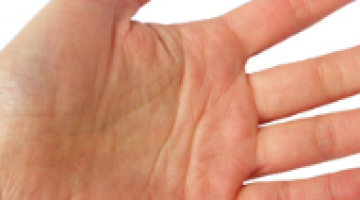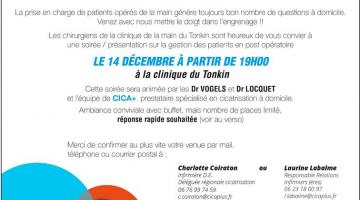21/10/2016

The primary aim of this study was to assess the clinical and radiological results after hemi-hamate resurfacing arthroplasty in patients with acute or chronic unstable fractures of the base of the middle phalanx and to describe technical features that can facilitate the surgical procedure.
Hemi-hamate arthroplasties were done in 19 patients (mean age 39 years) with an isolated fracture at the base of the middle phalanx that involved more than 40% of the articular surface. We assessed ten chronic cases (treated >6 weeks after fracture) and nine acute ones (<6 weeks) at a mean of 24 months.
Pain scores, QuickDASH scores, grip strengths, range of motion and radiological findings were recorded at follow-up. At follow-up, the mean active flexion at the proximal interphalangeal joint was to 83° with a mean fixed flexion of 17° (active range of motion 66°). The mean active distal interphalangeal motion was 41°.
The mean visual analogue scale score was 1.1. The mean QuickDASH score was 11. The mean pinch strength was 82% of the opposite side. Radiographs revealed one partial graft lysis.
Learn more about the study here.





